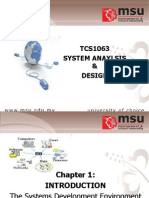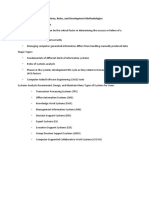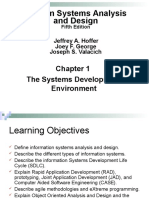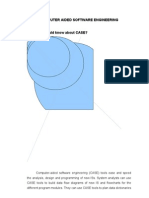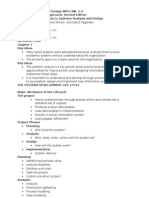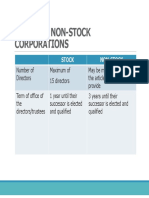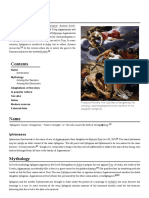0% found this document useful (0 votes)
97 views16 pagesNico Assignment SAD
This document discusses a student assignment on comprehensive reporting of information systems project planning. It covers 5 topics: 1) an introduction to systems analysis and design, 2) modern approaches to systems analysis and design such as object-oriented methods, 3) common system development methodologies, 4) computer-aided software engineering tools, and 5) managing the information systems project through phases and activities such as initiation, planning, execution, and closure.
Uploaded by
Nicolas Lich MatuenyCopyright
© © All Rights Reserved
We take content rights seriously. If you suspect this is your content, claim it here.
Available Formats
Download as DOCX, PDF, TXT or read online on Scribd
0% found this document useful (0 votes)
97 views16 pagesNico Assignment SAD
This document discusses a student assignment on comprehensive reporting of information systems project planning. It covers 5 topics: 1) an introduction to systems analysis and design, 2) modern approaches to systems analysis and design such as object-oriented methods, 3) common system development methodologies, 4) computer-aided software engineering tools, and 5) managing the information systems project through phases and activities such as initiation, planning, execution, and closure.
Uploaded by
Nicolas Lich MatuenyCopyright
© © All Rights Reserved
We take content rights seriously. If you suspect this is your content, claim it here.
Available Formats
Download as DOCX, PDF, TXT or read online on Scribd
/ 16





